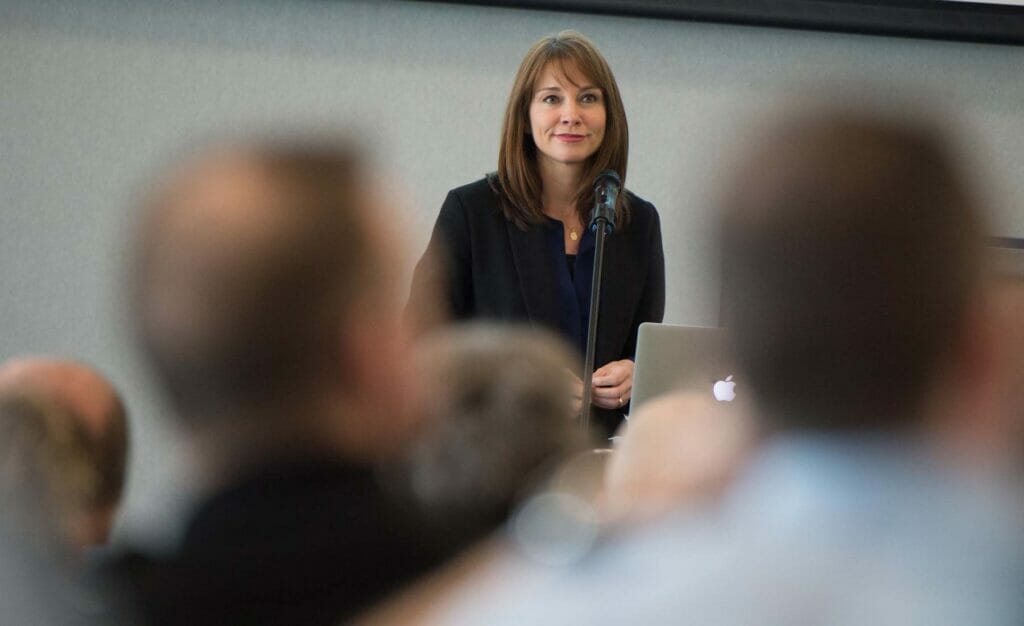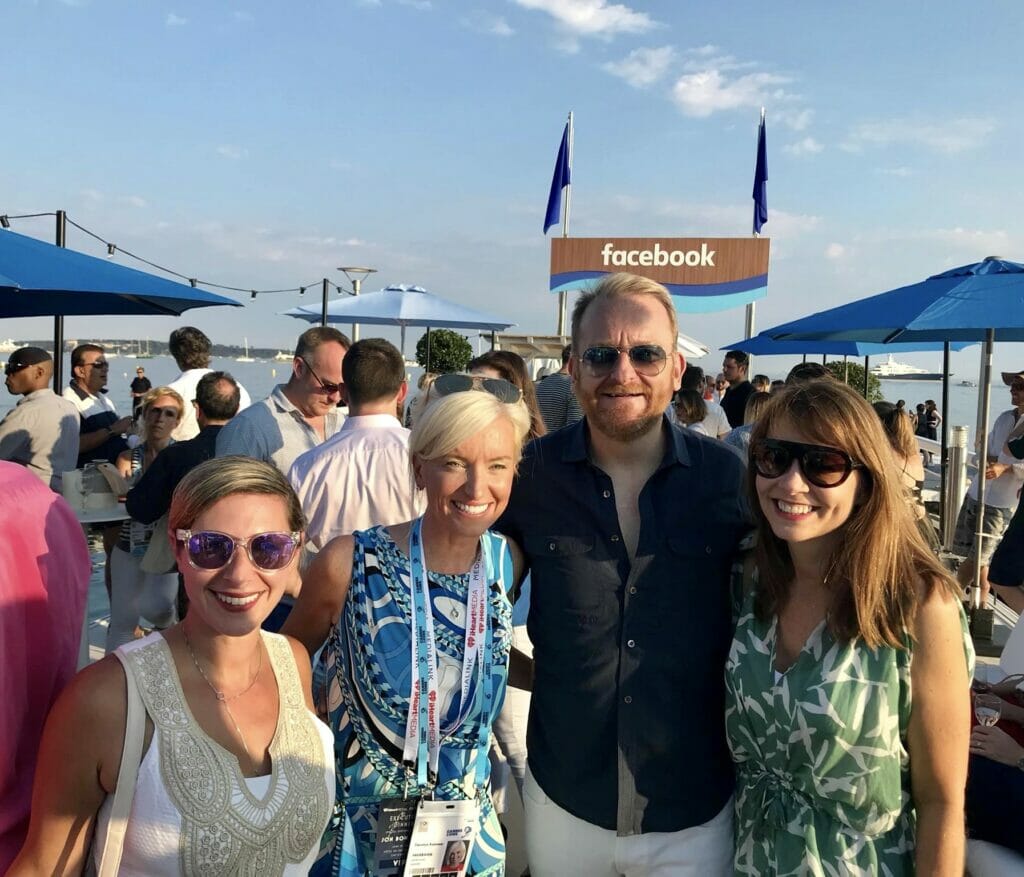Can you talk to us briefly about your background?
My family left New Zealand and emigrated to Australia when I was 10 years old, so my career in advertising actually started at Ogilvy in Sydney. After 8 years there, I was transferred to the New York office, and spent the next 10 years running global accounts and leading integrated agency teams across the network.
In 2010, my husband, our twin three-year-old girls and I moved to New Zealand where I took on the role of CEO of Saatchi & Saatchi. It was an incredible experience in learning how to rebuild a culture, create an environment where creative thinking could thrive, and transform a business.

In 2016 I accepted the role of Managing Director at R/GA and led the transformation of the Los Angeles office from purely campaign support to an R/GA Connected brands practice, driving business transformation via a brand’s entire connected digital ecosystem.
So, I’ve spent my career in agencies, advocating for creativity and technology in service of connecting with people to drive sustainable business growth.
Tell us about your new role at Facebook Creative Shop.
Creative Shop partners with clients, and their agencies to unlock growth and build long-term value for businesses and brands of all sizes across our platforms (Instagram, WhatsApp, Facebook, Messenger & Oculus).
As Head of Creative Shop, I have the privilege of leading the talented team of creatives, strategists, designers, storytellers, producers, researchers, marketers and technologists in 39 offices around the world.
What attracted you to this role?
Over the past year of lockdowns, millions of businesses around the world have had to dramatically fast-track their digital and business transformations. The pandemic has actually accelerated the shift to online shopping by around 10 years, across all age groups.
Once I understood the work the Creative Shop teams did last year, to help businesses pivot and not only remain connected to their customers to stay afloat, but to thrive in a world that was rapidly changing, I was really inspired to join this team.
I was also inspired by how much Facebook is doing to support businesses and communities all around the world through their free tools. In fact, more than 245M businesses around the world are using our free services to better reach their customers every month. That positively impacts communities by helping spur economic growth and job creation.

I recently heard about Melanie Tindall, a businesswoman in Raumati Beach who turned to Shopify, Facebook and Instagram to enable her store, Milk + Ginger, to continue operating during lockdown. She credits her own “digital upskilling” for actually growing her business during the pandemic. Of course, it was most definitely Melanie’s own hard work that ensured her success, but it’s extremely gratifying to know that the tools and services we create can play a part in helping businesses thrive.
What opportunities do you see as the future of advertising continues to evolve?
I think there’s a real opportunity for businesses to lean in even more and put themselves in the mindset of the consumer – to really understand what people care about. The work that I’m really excited to explore in Creative Shop across our platforms are the ways in which we can bridge a deep understanding of people’s needs with intuitive and innovative product opportunities. Through our creative explorations with clients, we want to continue to unlock new ways that these two dimensions can intersect.
What does Creative Shop in ANZ do?
Over the last five years Creative Shop ANZ has collaborated with many clients and their agencies, to create successful domestic and global campaigns for Facebook’s platforms. We’ve partnered with clients like Xero, Les Mills, and TNZ, The Warehouse Group, and agencies including Colenso (Spark, Skinny, and Mars), Saatchi NZ (Toyota), True (Air NZ), and Special Group (TNZ). Our team on the ground there has been doing a great job leading these partnerships and exploring the creative potential of the platform.
When you were CEO of New Zealand you were outspoken in your belief around the importance of diversity in leadership and teams to build creative cultures. Have you maintained these beliefs/focus? Have they evolved?
Absolutely. As the only female agency CEO in New Zealand, I was often asked about this topic and came to really enjoy sharing knowledge and inspiration around why gender diversity was good for business.
For the last four years in the US, I’ve been honored to be a MAKERS@ board member (a media brand built to accelerate the equality movement) which includes an incredible array of senior women from some of the most influential companies – Netflix, Apple, Sony, Bloomberg, Spotify, PWC, Uber, Citi, Lululemon, Adobe, PayPal, McKinsey, Verizon, Visa, Morgan Stanley, etc.
During the long overdue racial and social awakening last summer in the US, the MAKERS@ Board began meeting weekly (vs quarterly) to discuss the events unfolding and more importantly, create pathways for us to create positive action and drive change by using the privilege of our networks.
One of my proudest achievements is being one of the creators of an initiative called BLACKMAKERS@ that specifically focuses on black women. For the longest time, people thought that focusing on women would ‘lift all women up’. That is, quite frankly, completely untrue. You just need to take a look at the latest Lean In /McKinsey report on the plight of Black Women in Corporate America to see just how painfully wrong that was.
The MAKERS@ Board is working to understand the impact of systemic racism, to share our privilege and connections, and very specifically to advocate for the talented senior women participating in the program.
Closer to home in NZ, I was thrilled to see that Sarah Smith has taken on the role of Executive Director of Courageous Conversation Aotearoa. The systemic challenges faced by Māori women are not dissimilar to the intersectional challenges facing black women in the US. I was fortunate to experience Glenn Singleton’s protocol a few times over the years (mostly recently when we had his team run a workshop at R/GA in New York) and I can share that it is transformative in helping people understand the truth of lived experiences beyond our own. Having a deliberate and courageous conversation about race and the effect it has in our lives is the only path towards real change.
What do you think is most important to foster a successful creative culture?
Embrace diversity and build an equitable and inclusive culture. Creative Shop is a global team — we have a presence in 28 countries around the world, and work with clients and partners in many more. The diverse backgrounds, experiences and perspectives of our team are absolutely central to our collective creative power. DE&I is not a separate ‘workstream’ for us, it’s a central strategic focus and lens through which we look at all of the work we do – internally and externally.
I am extremely focused and intentional about strengthening how inclusive our culture is.
We know an authentic culture of belonging, and the psychological safety that comes with that, enables us to not only ensure our people are happier but to also create work that sets the standard for representation, inclusion and creativity on our platforms.
At Kea, we really believe in the value of connection. Is there a particular connection that you’ve made in your life that has amplified your career in some way?
Like most expats I’ve sought out and been lucky to have a few along the way. One of my most impactful connections has been Shelly Lazarus, global CEO of Ogilvy & Mather for 17 years. We met when she visited the Sydney office, when I was just finding my way in the company. Many years later I moved to New York and I was shocked to find that she remembered me! She became an amazing mentor and friend over the years. And her husband, George is an incredible pediatrician, so they became even more connected to our family when our twin girls were born premature, and he helped us through those scary first couple of years.
More recently, it’s actually partnerships in some of the urgent and meaningful work that I’ve been doing around equality and allyship that I think of when you ask that question. Women like Ja’Nay Hawkins, Wendy Lewis, Jocelyn Cooley from the MAKERS@ board, and Bayyina Black from R/GA have literally transformed the way I lead and show up in the world. And the friendships that have come out of these partnerships are ones that I cherish deeply.
What are your hopes for 2021?
I hope the multiple ‘awakenings’ provoked by the pandemic and systemic racial injustice prove to be real lightning rods for change in the world. There’s nothing good about getting back to normal for so many people in the world. Their normal was never that fair or equitable.
I hope our eyes are permanently opened to the need for sustainable and significant change. Wherever we are in the world, whatever small part we play in business, I believe we can all be part of that change.
HOW KEA CAN HELP
Join
Join the Kea community, and stay connected to New Zealand, its people and businesses wherever you are in the world.
Kea Connect
Help Kiwi businesses explore their global potential through our worldwide community.

 MENU
MENU







